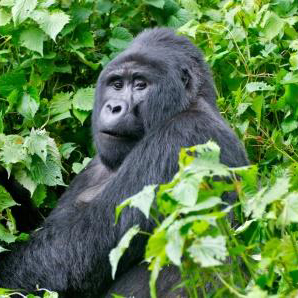The storehouse of dreams …
Much of Madagascar’s wildlife is remarkably tame, approachable and visible and as a consequence this tour represents a truly superb natural history experience and photographic opportunity.
Of the birds, six entire families are virtually endemic to the Madagascar region: the mesites, ground-rollers, cuckoo-roller, asities, Madagascar warblers and vangas (sic). An endemic subfamily of large cuckoos, the couas also form an important part of the avifauna.
The lemurs are undoubtedly the most famous of Madagascar’s mammals. These “primitive primates” range in size from the tiny mouse lemurs (at 7 inches in length, the world’s smallest) to the child-sized and very vocal Indri. These attractive and appealing animals are found throughout Madagascar’s weird and ancient forests. Of the 90+ surviving species some are colourful, social, and diurnal while others are drab, solitary, and nocturnal.
The flora is surprisingly rich, including over 1000 species of orchids and many spectacular flowers that have become popular in tropical gardens the world over. In the Spiny Forests of the arid south-west we will find some of the world’s strangest plants.
In recent years the improvement in infrastructure especially many of the roads is impressive; some of the lodges at which we stay are as good as anywhere in the world and the font of knowledge among our local guides regarding where to find some of the most sought after and elusive birds, mammals and reptiles coupled with several very attractive and immensely useful field-guides greatly enhances any tour to this country.
From the bizarre to the sublime…
This huge island first began to split away from the African continent during the age of the dinosaurs and has since followed an independent evolutionary course, allowing an amazing variety of different life forms to evolve from a few colonizing ancestors. Ranging from the bizarre to the sublime, this is island evolution gone wild and there is no other destination quite like it.
Few places in the world are as threatened as the native environments of Madagascar and its nearby islands.



















You must be logged in to post a comment.